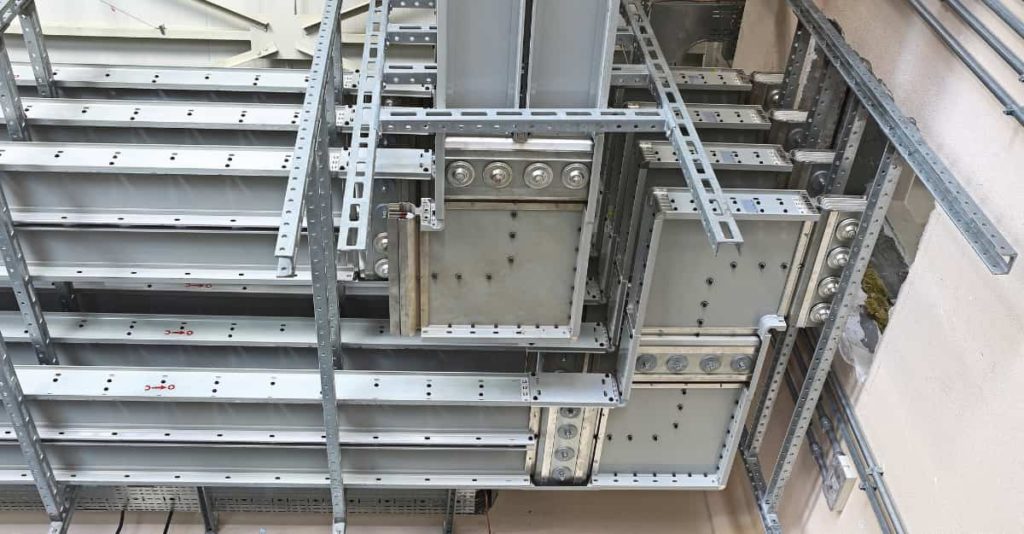Cables & Busbars:
Electrical cable and busbars are used to transport a given current. This is determined by voltage during the generation, transmission, distribution, and utilization of electrical energy. More often than not, this is a significant contributor to the cost of an electrical installation. Hence, the electrical consultants’ role in selecting the size of cables and bus bars is very important. The electrical consultant optimizes the cost without compromising on the safety aspect.
Typically, the electrical consultant makes a decision on using the cable or busbar depending on the requirement of the project.
What is the difference between an electrical cable and a busbar?
- An electrical cable is an assembly of electrical wires running side by side or bundled together. On the other hand, busbars are metal bars carrying current.
- While an electrical cable has an outer jacket for protection against shock and for electrical isolation, the bus bar lacks insulation- they have separate enclosures.
- Busbar uses much less space as compared to cables. As a result, busbars are aesthetic as compared to cables
- Busbar has much more flexibility and is modular as compared to cables. Hence are easier to relocate and expand
- Busbar has much better resistance than cables
- In fact, bus bars are easy to install as compared to cables
About cables
Electrical cables connect two or more devices and transfer electrical signals. There are a variety of cables. Each cable caters to a specific requirement. Generally, electrical consultants design cables for wiring in buildings for lighting and power. Cables are secured by using cable trays, ties or lacing.
About busbar
Busbars are safe to install, require lesser space. Since they are modular, the installation is faster. In spite of the many advantages, busbars may not be viable in installations where switchgear are lesser in number.
The electrical consultant collates the downstream power usage and calculates sizes. Usually, the key deliverables of an electrical consultant are:
- Sizing calculation
- Cable schedules
- Layout – Cable tray and cable duct sizing
- Busbar layout
- Equipment terminal lists
- Cable cutting schedules
- Material take-off lists
To conclude, the electrical consultant can optimize the installation by using cable and busbar depending on the project requirement.












